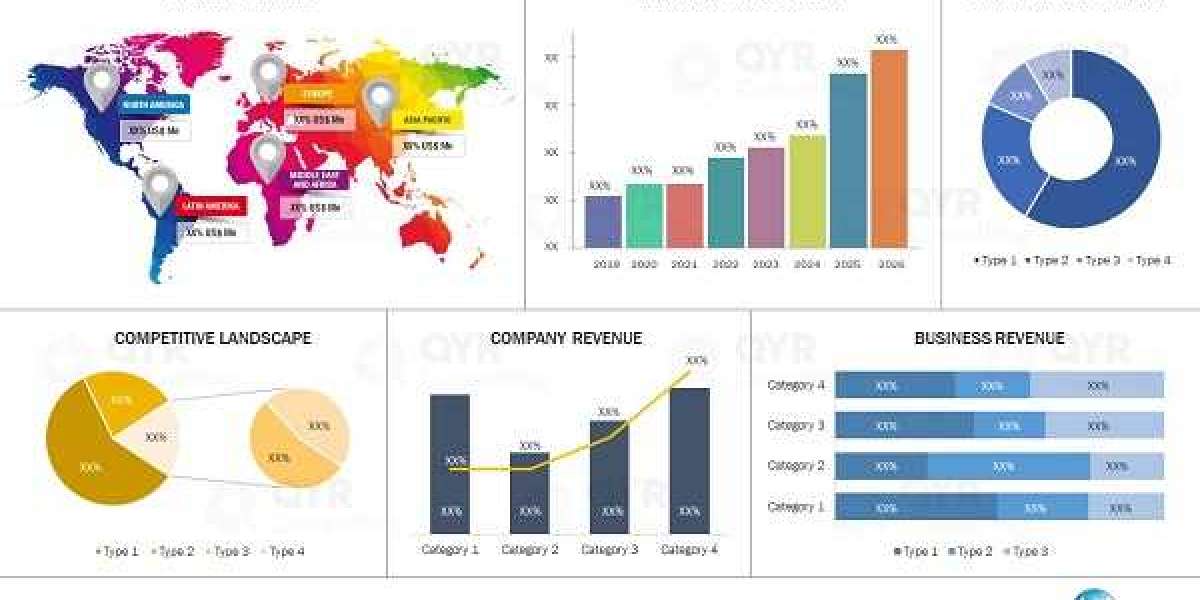Looking for a trusted London Moving Company? Our London Moving Services offer professional, stress-free relocation for homes and businesses. With expert movers, secure packing, and timely delivery, we ensure a smooth moving experience. Get competitive rates and quality service for local and long-distance moves. Contact us today for a hassle-free move!
Search
Popular Posts
-
 Whole Life Insurance vs. Term Life Insurance: Which is Right for You in 2025
Whole Life Insurance vs. Term Life Insurance: Which is Right for You in 2025
-
 Future of 2-Chlorobenzyl Cyanide Market: Emerging Trends & Growth Forecast (2025–2031)
Future of 2-Chlorobenzyl Cyanide Market: Emerging Trends & Growth Forecast (2025–2031)
-
 Ultra-High Performance Concrete Market Overview: Growth, Share, Value, Insights, and Trends
Ultra-High Performance Concrete Market Overview: Growth, Share, Value, Insights, and Trends
-
 Quantum Computing: The Next Technological Revolution
Quantum Computing: The Next Technological Revolution
-
 Expert Law Assignment Help by Digi Assignment Help
Expert Law Assignment Help by Digi Assignment Help






